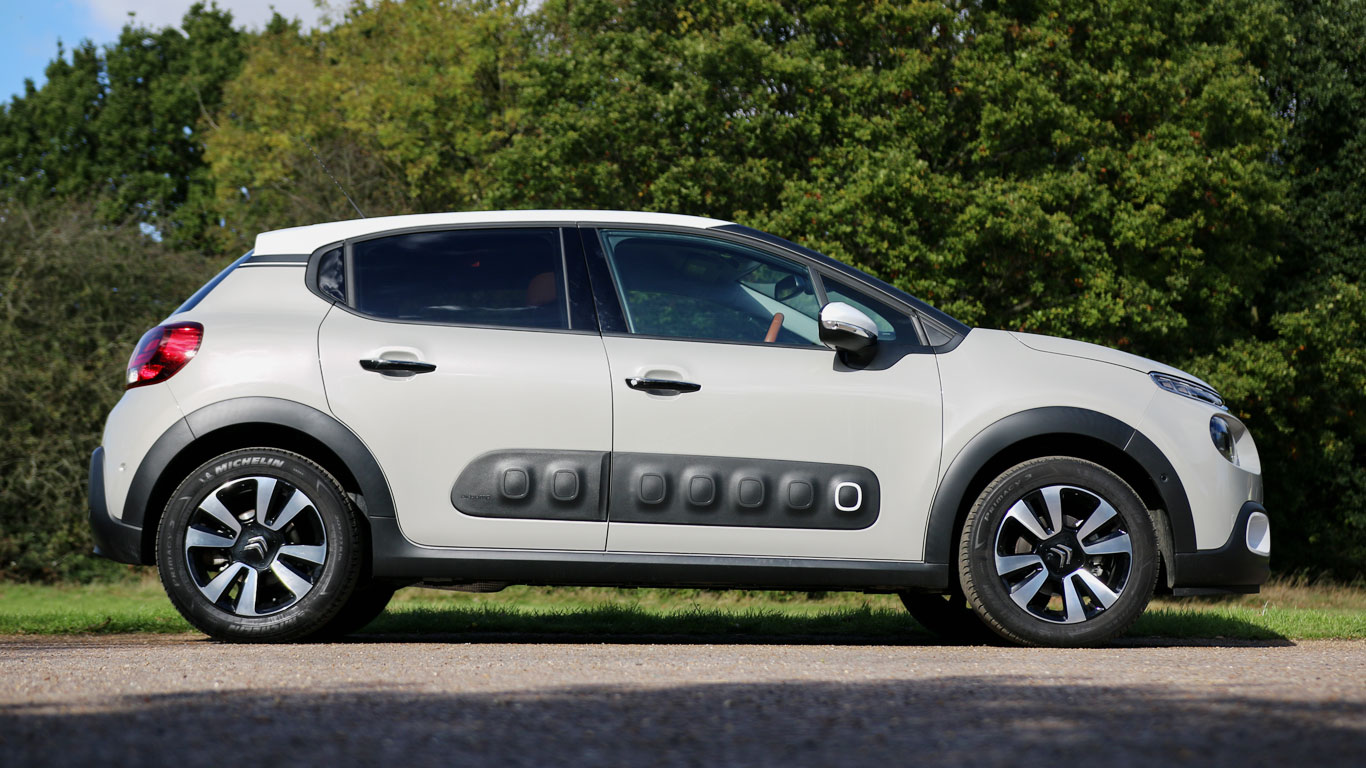
If you’re looking for a supermini that puts comfort, a relaxing driving experience and a pleasant interior ahead of dynamic handling, the Citroen C3 could be the car for you. But what’s it like to live with the Citroen C3? And would we part with our own cash for one?
We’re spending six months with a Citroen C3 Puretech 110 Flair to find out what life with the C3 is like. Picking that lengthly nomenclature apart, the ‘Puretech 110’ refers to the engine: a 1.2-litre three-cylinder turbocharged petrol engine producing 110hp combined with, in the case of our test car, a six-speed automatic gearbox.
‘Flair’, meanwhile, means it’s in the highest-spec trim available. As standard, it comes with the Cactus-style Airbumps on the side of the car, as well as reversing camera and Citroen’s clever ConnectedCam integrated dashcam.
Read on to find out what life with the Citroen C3 is like.
Report 6: Goodbye to the beige beauty
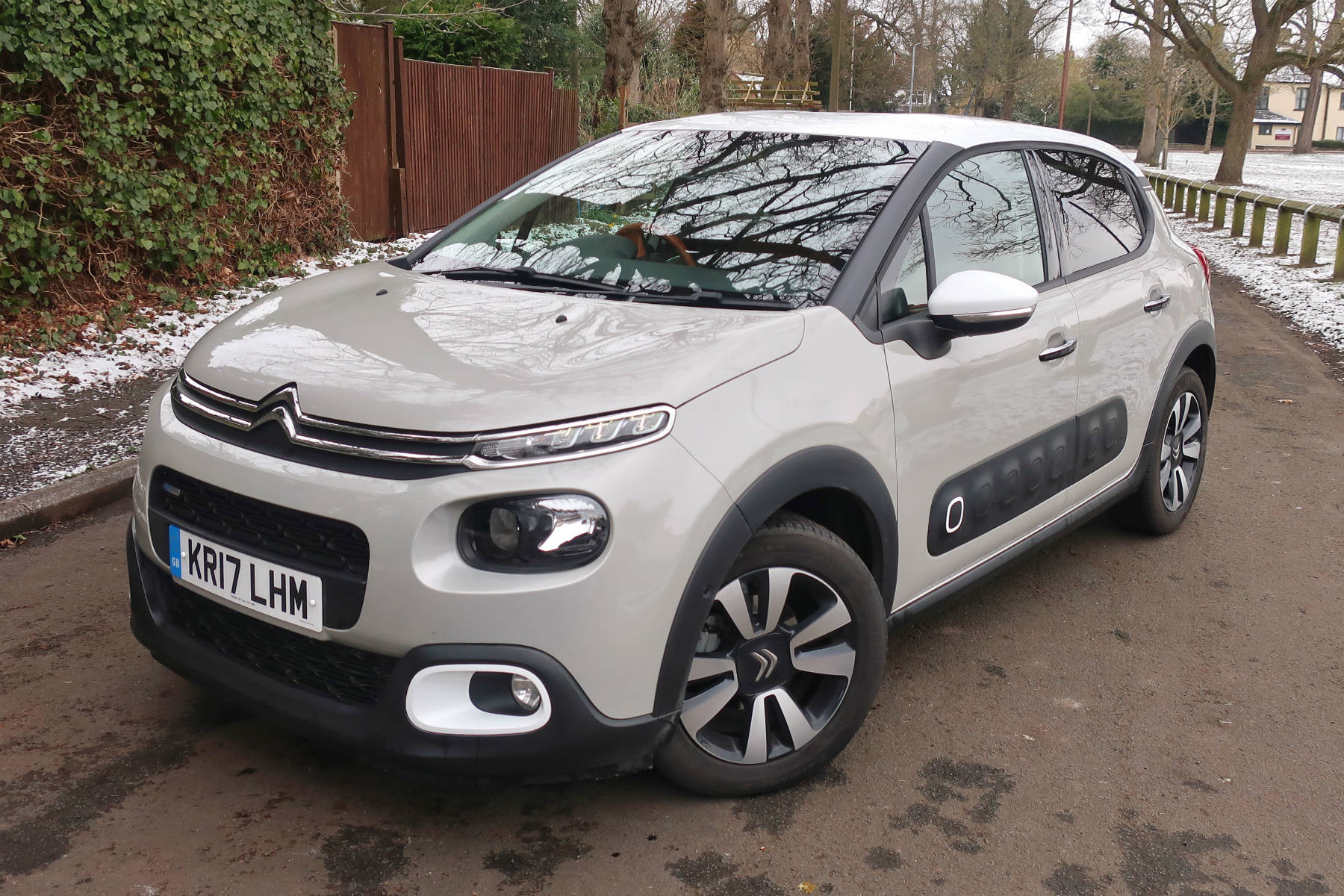
It’s taken time for the C3 to really get under my skin but, just as a man arrives to take it away, it’s pretty much there. Its quirky looks, characterful engine and delightful interior mean it’d be a contender if I wanted to jump on the PCP cycle with an affordable supermini.
I like how unashamedly different to every other supermini on the market it is. It feels very distinct from VW Group superminis such as the new Seat Ibiza. To drive, it’s decidedly unsporting – the ride’s on the wafty side (although I’d spec smaller alloys to amplify this) and the steering is light and easy rather than full of feedback.
Is it the best supermini on sale? I’ve explained below that, objectively, it isn’t in the same league as the new Ford Fiesta. It’s never going to be a group test winner, but there’s a definite appeal to the very French C3. Would I spec a beige one, though? Not a chance.
After nearly 10 months on test, this beige beauty is leaving the @Editorial_MR fleet this week. It’s a proper Citroen: not as polished rivals in many areas yet delightfully comfy and quirky. Au revoir, LHM. pic.twitter.com/UowCyRfaEy
— Andrew Brady (@TheAndrewBrady) March 19, 2018
Report 5: How useful is the Citroen C3’s ConnectedCam?

Dashcams are now so popular, it’s hard to believe that Citroen is still the only manufacturer to offer a factory-fit version on its cars. Marketed as a gimmick for the social media generation, the C3’s ConnectedCam could also prove useful in the case of an incident or collision. Insurance companies now accept dashcam footage as evidence when working out who’s to blame following a crash, while police are happy for drivers to submit footage as evidence of potentially dangerous driving.
Fortunately, my time with the Citroen C3 has been rather incident-free. During my day-to-day driving, I’ve not crashed into anyone, nor has anyone done anything particularly outrageous in front of the C3’s camera. Good news, perhaps, but bad news for my desire to try out the ConnectedCam.
There was one incident, though, where a guy in a mini cherry picker drifted across four lanes of the M25 and came within inches of striking the central reservation. Because I went on the brakes fairly hard, this triggered an ‘incident’ on the ConnectedCam, and it saved HD footage 30 seconds before and one minute after the near miss.
While I hate the whole dashcam culture (the internet is awash with videos of people doing silly things in cars and I get a big enough fix of that on the M25), I appreciate that the ConnectedCam could have been very useful had there been an incident.
A few days driving in South Africa and the biggest WTF moment was on the M25 heading home from Heathrow. pic.twitter.com/WKiv7ifGi9
— Andrew Brady (@TheAndrewBrady) January 31, 2018
As well as saving footage in an incident, you can also press a button to manually save footage or a picture. Once you’ve done that, all you need to do is connect your phone to the camera via wi-fi and download the pictures and footage via a dedicated app. You can even set it up to automatically post to social media, if you so wish.
A downside of downloading video footage is the length of time it takes. If you wish to download a clip at the end of your journey, it’ll take several minutes of sitting in your car doing so. By which time, you’re probably better off forgetting about it and making a cup of tea.
Report 4: Just how reliable is the Citroen C3?
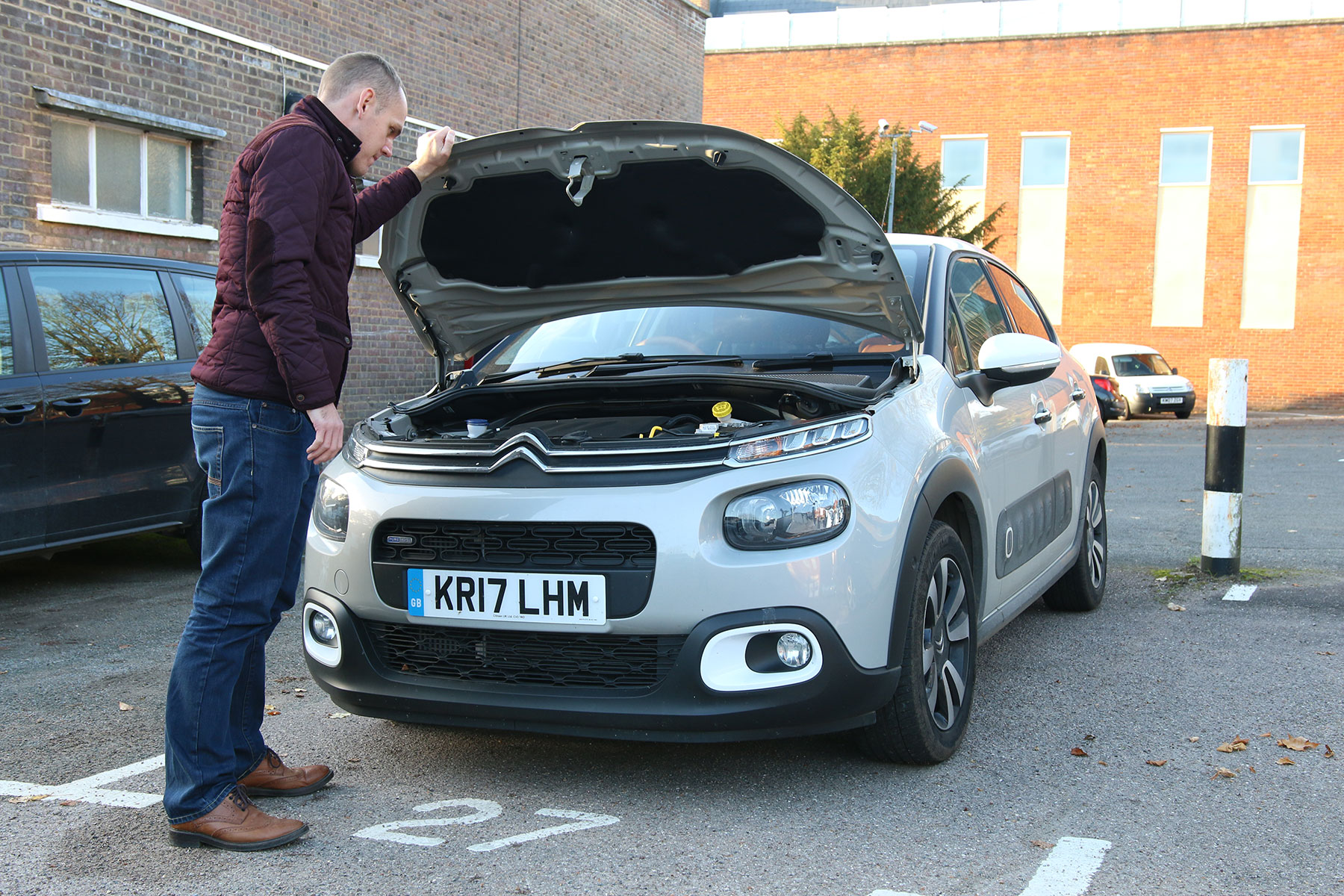
There was a time when, as a journalist running a French car for six months, you could guarantee it would break down. While that wouldn’t be a good thing for owners, for us it can be a good thing. It gives us something to write about.
Indeed, in 1990, Autocar and Motor magazine ran a Citroen XM long-termer. James May, during his time as a serious(ish) journalist, complained that he was running out of space to write about it. Why? Because the box listing faults was taking over the page. These included transmission judder, graunching brakes and excessive pitching to name a few, not to mention random warning lights and a torn driver’s door seal.
Last year, we were looking forward to spending a few days with Citroen’s DS heritage car. The 1961 ID19, true to form, failed to start after being delivered to our man Tim’s house. Its fancy-pants hydropneumatic suspension caused a headache when a delivery truck came along to collect it, too.
I’m ever-so-slightly disappointed, then, that several months into our time with the Citroen C3, nothing has gone wrong. Not a single warning light has appeared. Not even a mildly annoying squeak has unearthed. It’s certainly never left me stranded.
“Ah, but modern cars don’t break down,” you may say. And that’s kind of true. We get different cars in on test every week, and it’s unusual when one refuses to start. It does happen, though – we recently had to call the AA out for a certain Italian car we had on loan from the press office.
According to What Car? magazine’s recent reliability survey, Citroen still performs fairly poorly, coming in position 28 out of a total of 32 manufacturers. Its reliability rating of 55.2 percent is certainly lower than average, but our experience with the C3 suggests it’s no less reliable than, say, a Ford Fiesta.
Yes, this is based on a scientific sample of, er, one… But we’re keen to know how other ‘owners’ are getting on with their C3s. Do you drive one? Has it let you down? Or is doing a commendable job of shifting Citroen’s much-maligned reputation? Comment at the bottom of this page or drop me an email.
Video: Citroen C3 long-term test
Report 3: The Citroen C3 isn’t the best – but don’t dismiss it just yet
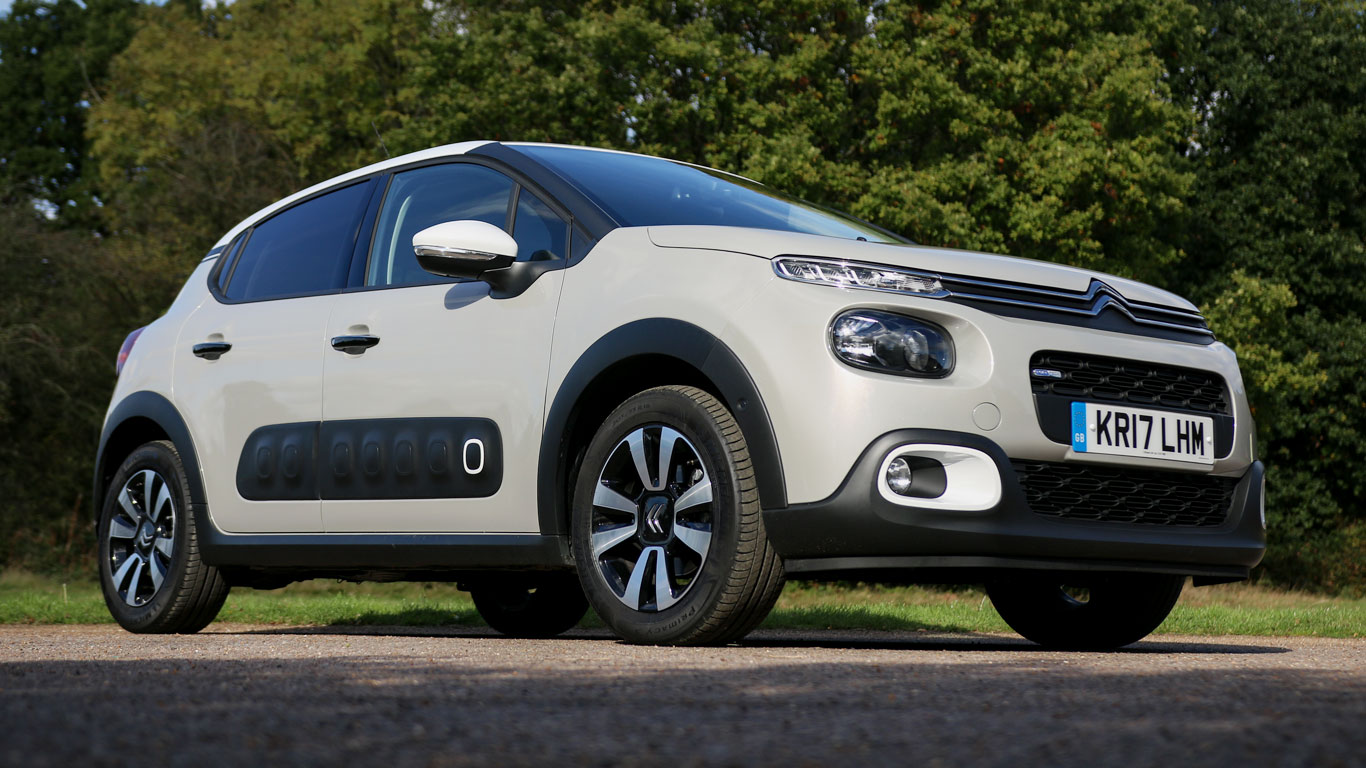
We touched on just how good the C3’s rivals were in our first report on our long-term test car. The more time we spend with the new Ford Fiesta, the more convinced we are: it’s brilliant. Arguably class-leading, if it wasn’t for the pesky Seat Ibiza and Volkswagen Polo also being replaced at the same time. In many ways, the Citroen C3 just doesn’t compare to the competition. If we were to put them all up against each other, objectively, the C3 would be way down the pecking order in a supermini showdown.
Why is that? Well there’s the frustrating infotainment system, for starters (we’ll come onto that in a future report), while not everyone will find the seats particularly comfortable. The Puretech 110 engine is noisy, and the cabin’s ergonomics are a bit… French. And not in a good way.
But all this doesn’t necessarily mean you should dismiss the Citroen C3 as your next car. If you’re already considering one, you probably like how it looks. We certainly do (even if the MR team is divided over the pale beige hue of our test car), and with the Airbumps it looks every bit the mini-Cactus. While superminis are constantly attempting to appear sportier in their appearance, the C3 is unashamedly not sporty.
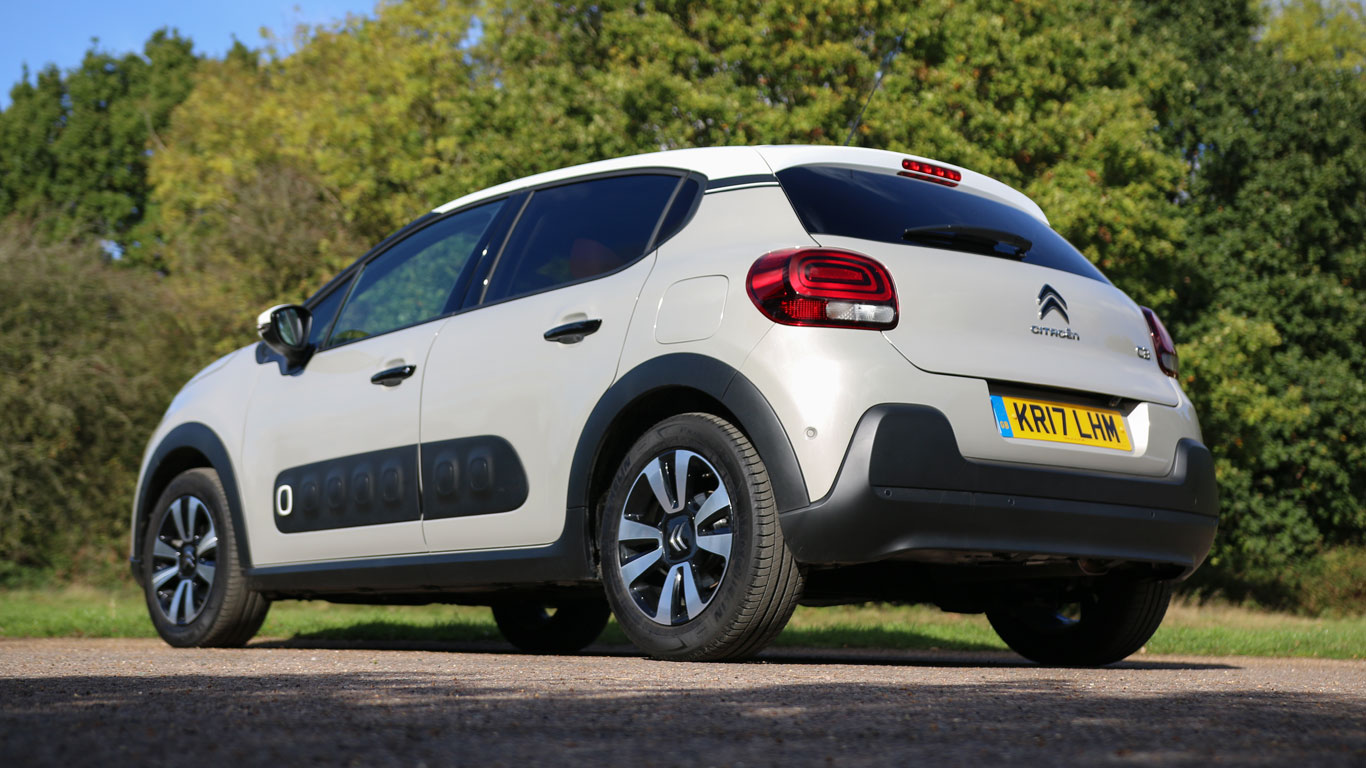
And that’s true for the driving experience, too. The steering is light and uncommunicative, but that translates into an easy drive around town. The automatic gearbox – a proper, six-speed torque converter, rather than the automated manual of its predecessor – is generally pretty satisfying to use, changing gears at the right times and not being the hindrance some auto ‘boxes are. If you’re considering an automatic for the first time, it suits the C3’s character well, particularly as the manual gearbox isn’t particularly satisfying to use.
Even with the large 16-inch alloys of our test car, the C3’s ride is relatively supple, adding to the old-school French feel. It does get flustered over bigger speed bumps and potholes, but it’s going to be kinder to your back than the likes of the new Fiesta.
While the Citroen C3 is never going to be our stock response for anyone looking for a supermini, it will suit some people. We like its unashamed lack of sporting aspiration, and for anyone looking for a comfortable, easy-to-drive car, it ought to be on their shortlist.
Report 2: The C3’s stop-start is infuriating us
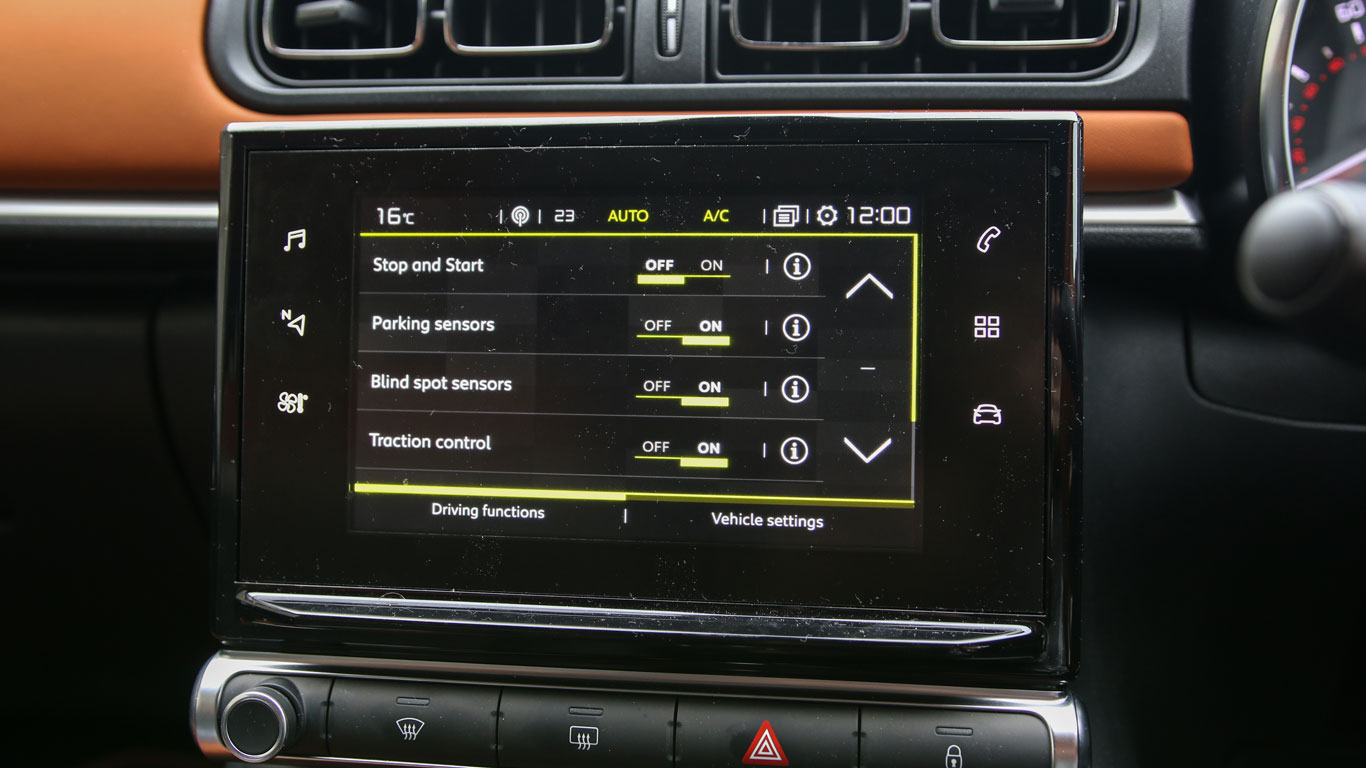
Most cars we review these days come with a stop-start system. If you’re not familiar, it essentially turns off the car’s engine when you come to a halt and restarts it when you want to move off. The idea is to save fuel (and therefore reduce CO2 emissions) when you’re sitting in traffic and not going anywhere.
In some ways, stop-start systems work better combined with an automatic gearbox than a manual one. In a manual, you have to take the car out of gear and your foot off the clutch for the stop-start to kick in. And, realistically, how often do we do that under normal driving? An auto, meanwhile, kicks in as soon as the car comes to a complete stop – or sometimes even before.
Some people hate stop-start. We don’t. Not ordinarily. It’s technological progress, and anything to improve the air quality in urban areas ought to be welcomed. But the stop-start system on our automatic C3 is very, very annoying.
It waits for the least opportune moments to kick in. Even trying to modulate pressure on the brake pedal doesn’t work – simply coming close to a stop is enough for it to cut out, usually as you’re looking for a gap at a roundabout. Move your foot onto the gas and it’ll suddenly wake up, lurching forward. It makes it very difficult to be smooth when sitting off from a (near) standstill.
Yes, you can turn it off. But even that isn’t easy. You have to navigate through the car’s settings on the infotainment system, and then it turns back on whenever you turn the ignition off. What’s wrong with a big button to turn the feature off? Or a stop-start system that stays off?
And, while we’re on irritating little niggles… the infotainment screen is far too bright when driving in the dark. Like the stop-start system, it can be turned off, somewhere in the settings. But as soon as you press any button, it lights up again. And that includes changing the volume using the steering wheel controls.
Report 1: Is the Citroen C3 the best supermini on sale?
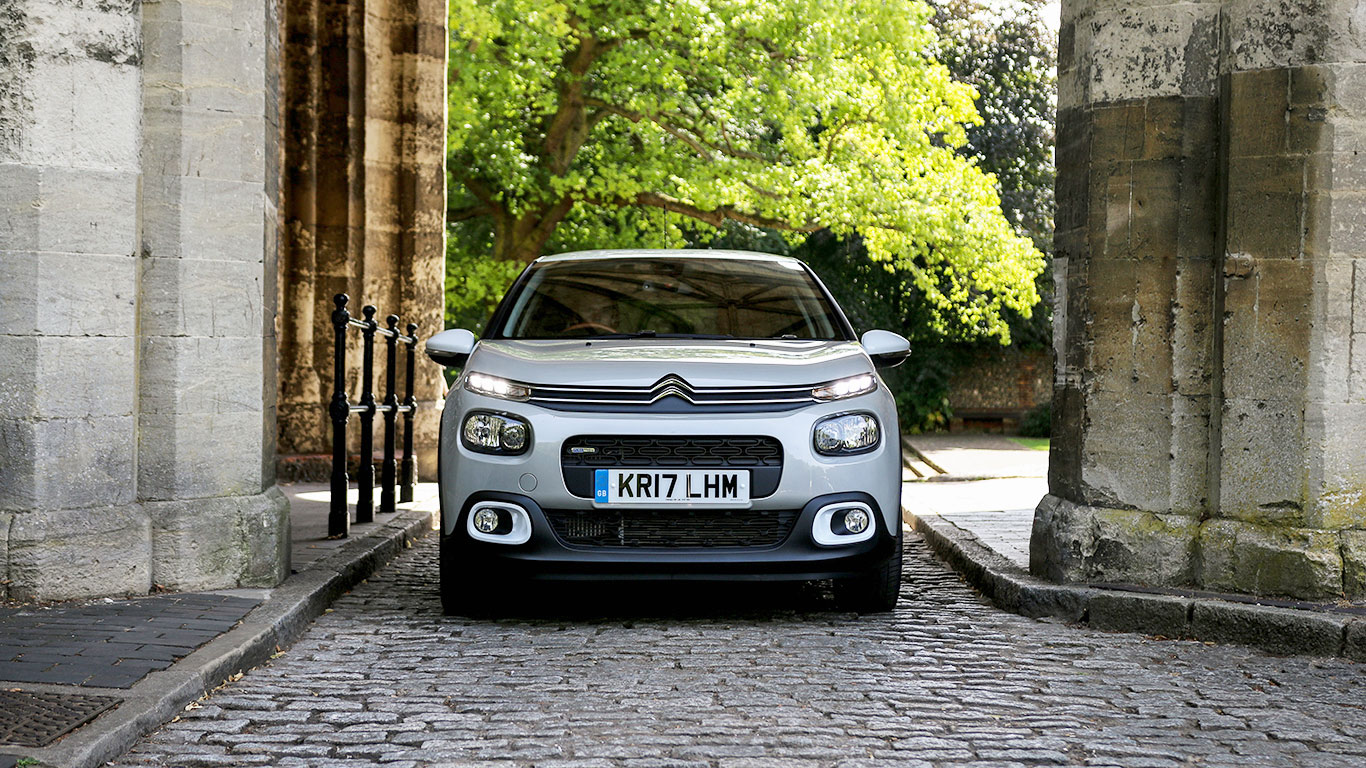
Supermini buyers have never had it so good. The new Ford Fiesta is brilliant, while the latest Seat Ibiza is hard to criticise. Even the 2017 Nissan Micra is a gazillion times better than its predecessor. If you’re a car manufacturer wanting to stand out in this sector, you have to do something different.
Fortunately, Citroen is good at different. It’s proven that with its C4 Cactus. Despite its flaws (and there’s no shortage of them), the C4 Cactus is widely loved by the motoring press and buyers alike. So, when it was time to introduce a new C3 supermini, it made perfect sense to give it a dose of individuality by following the same approach as the Cactus.
Looking beyond the Airbumps on the side of the car, the Cactus approach means a trendy interior, no fewer than 36 exterior colour combinations and suspension set up for comfort rather than outright driving dynamics. We’re going to be running a new Citroen C3 for the next six months to find out whether it’s as flawed as the Cactus, or whether it’s good enough to take on popular competitors such as the Fiesta.
First impressions are positive. While the Soft Sand colour of our test car wouldn’t be the first choice of many buyers (especially paired with a white roof), it won’t take long on Citroen’s online configurator to find a scheme that works for you. And while we’re fans of the Airbumps (standard on our car, the top-spec Flair), if you’re not you’ll be pleased to read the entry-level Touch does without them. They’re an option on the mid-spec C3 Feel.
Where the C3 really impresses in the first instance is its interior. Our car has the ‘Colorado Hype ambiance’ trim, which consists of contrasting black and orange fabrics with ‘chevron’ detailing. It looks good – much more characterful and modern than most supermini interiors. It’ll be interesting to find out whether we still like it a few months down the line, or whether it starts to irritate.
Supermini showdown in the MR car park. Citroen dealer would get my monthly payment. pic.twitter.com/jcWjE3FLHI
— Andrew Brady (@MR_AndrewBrady) July 19, 2017
While the C3 stands out in terms of its appearance and interior, there are other areas where it’s less impressive. The engine, a three-cylinder 1.2-litre petrol producing 110hp, is a vocal unit. While it’s the most powerful engine available in the C3, it’s not as lively as its noise suggests. The handling, meanwhile, falls short of the new Ford Fiesta and Seat Ibiza.
We’ll be spending more time with the Citroen C3 to see if it really is competitive in this tough sector.
Hi Andrew,
My partner runs a 2008 C3 Rhythm 1.4 HDi. She bought it at 2.5 years old and it’s been extremely reliable over that time. It recently passed 100,000 miles and the only major thing has been a broken coil spring. I love the car’s driving style, preferring easy, quiet and relaxed comfort to the traffic light Grand Prix aficionados.
Thanks for a good honest review.
Glad to hear you’re both enjoying it, Eric – thanks for sharing your thoughts!